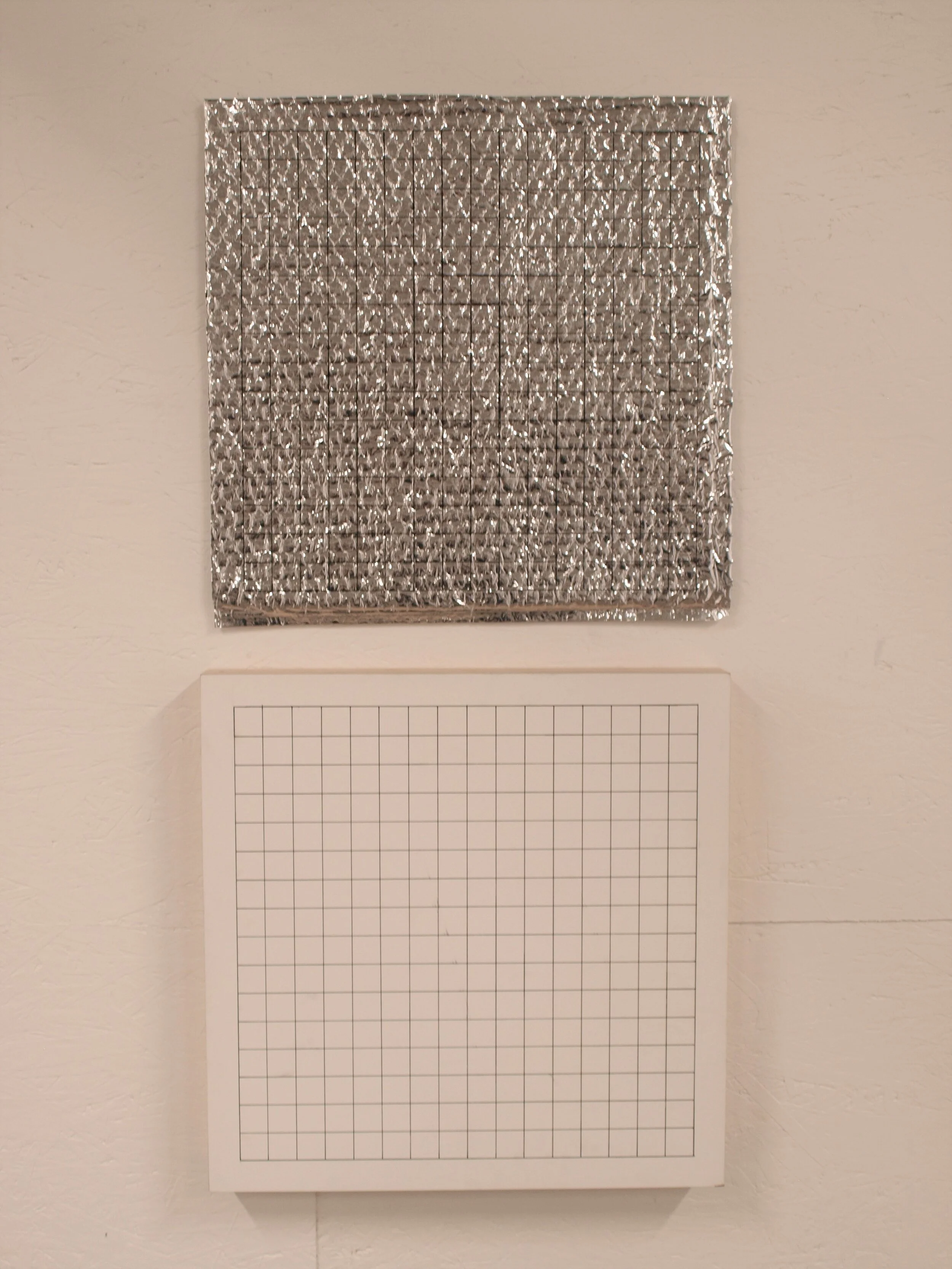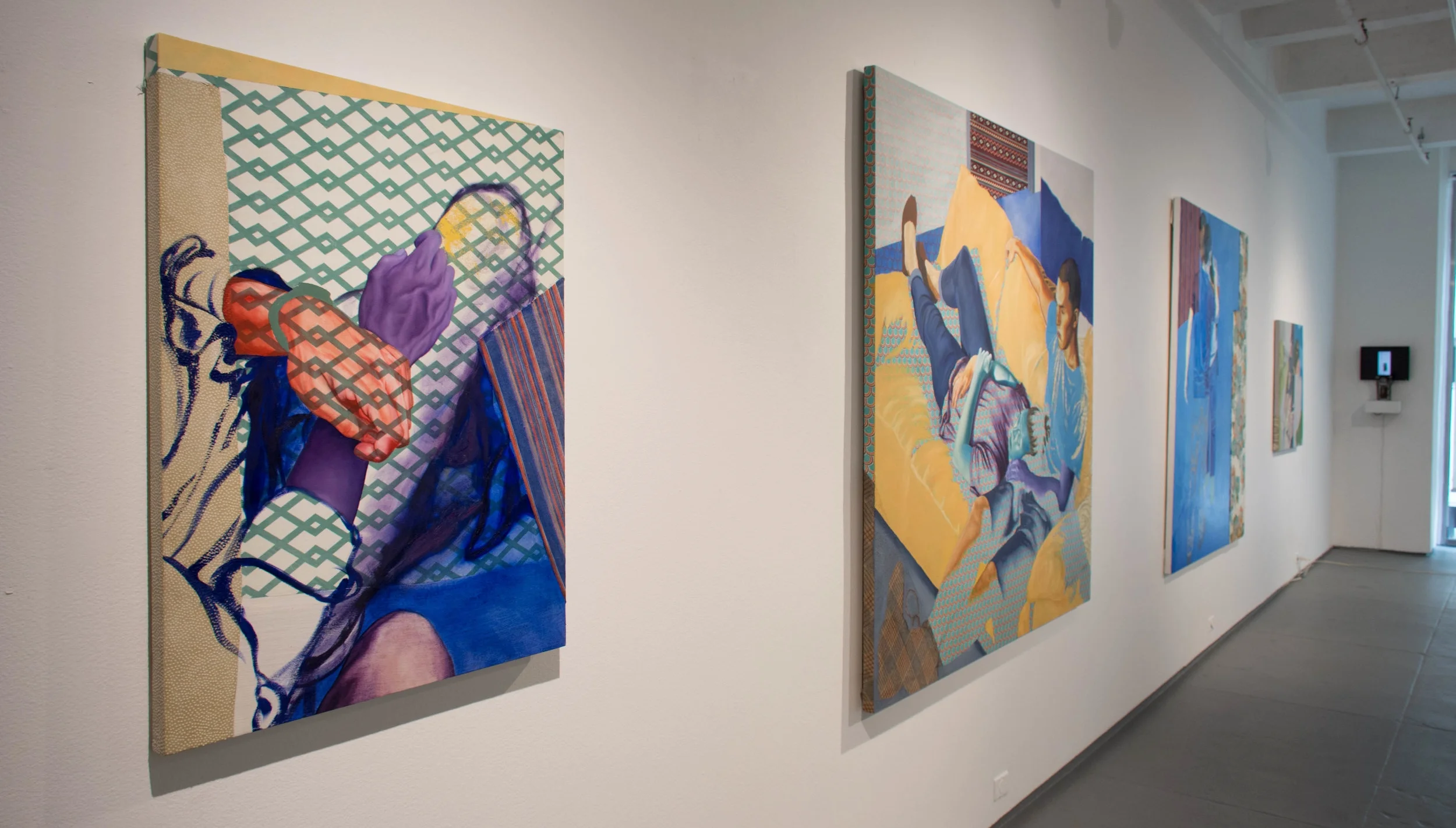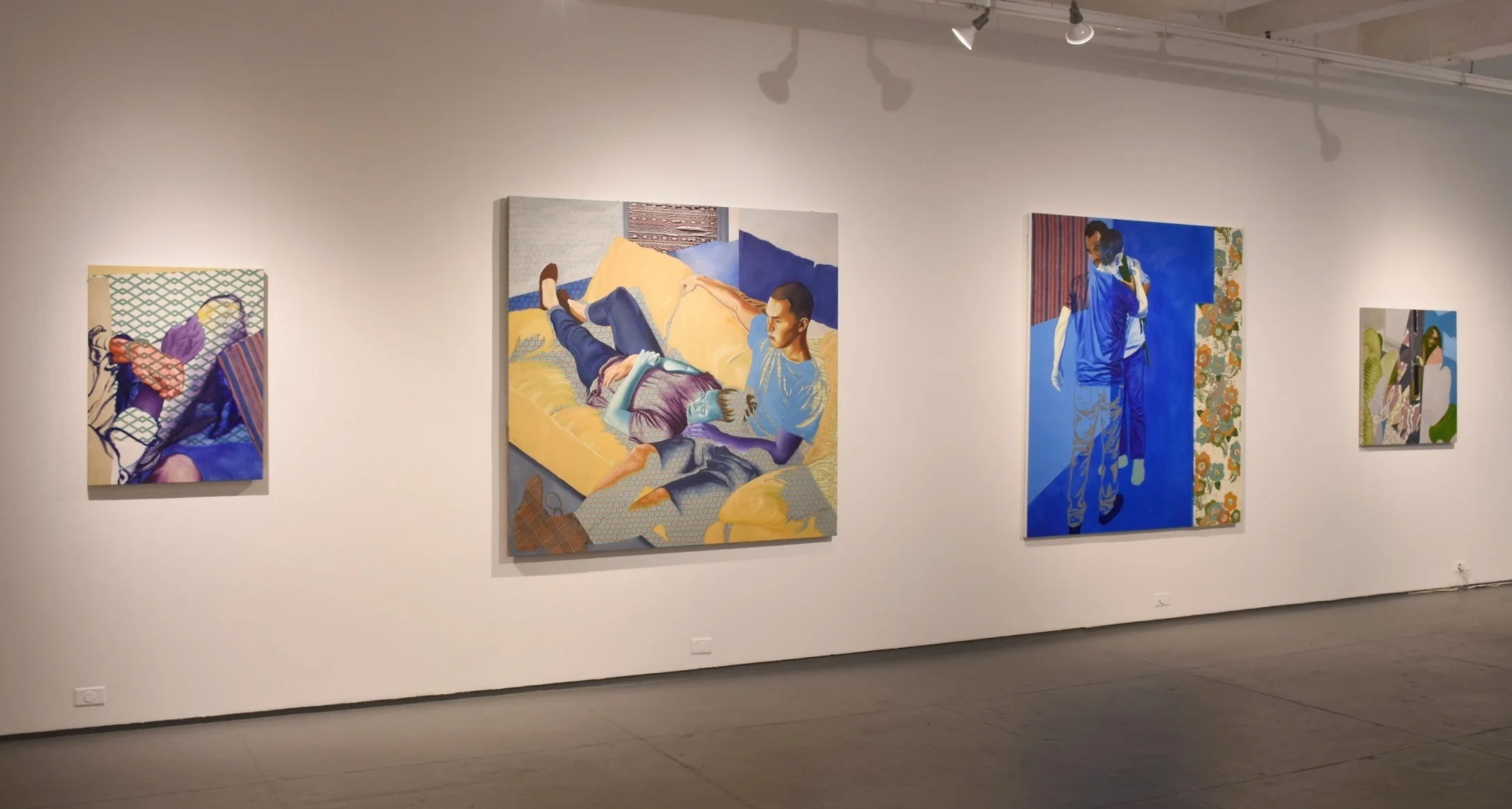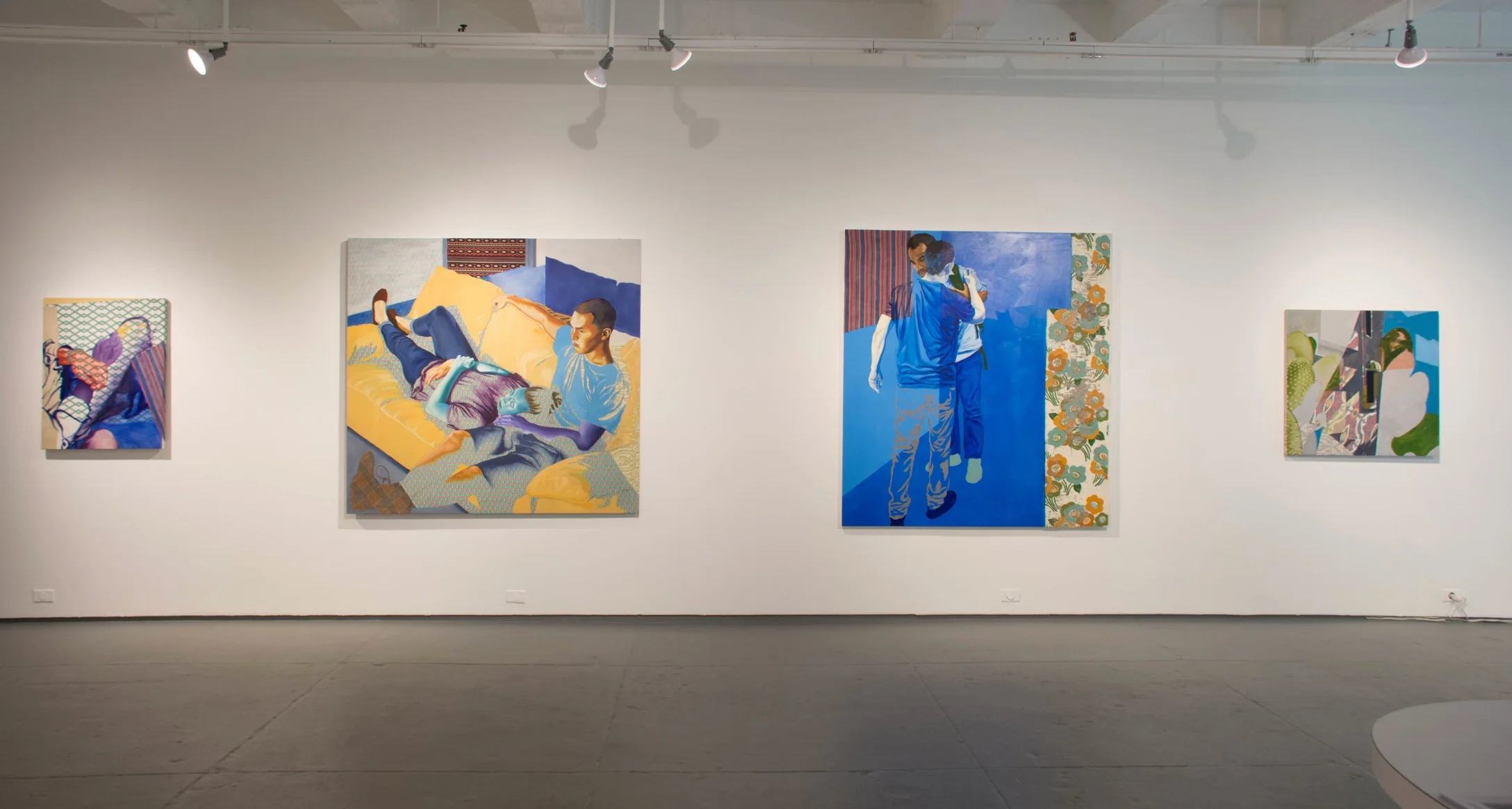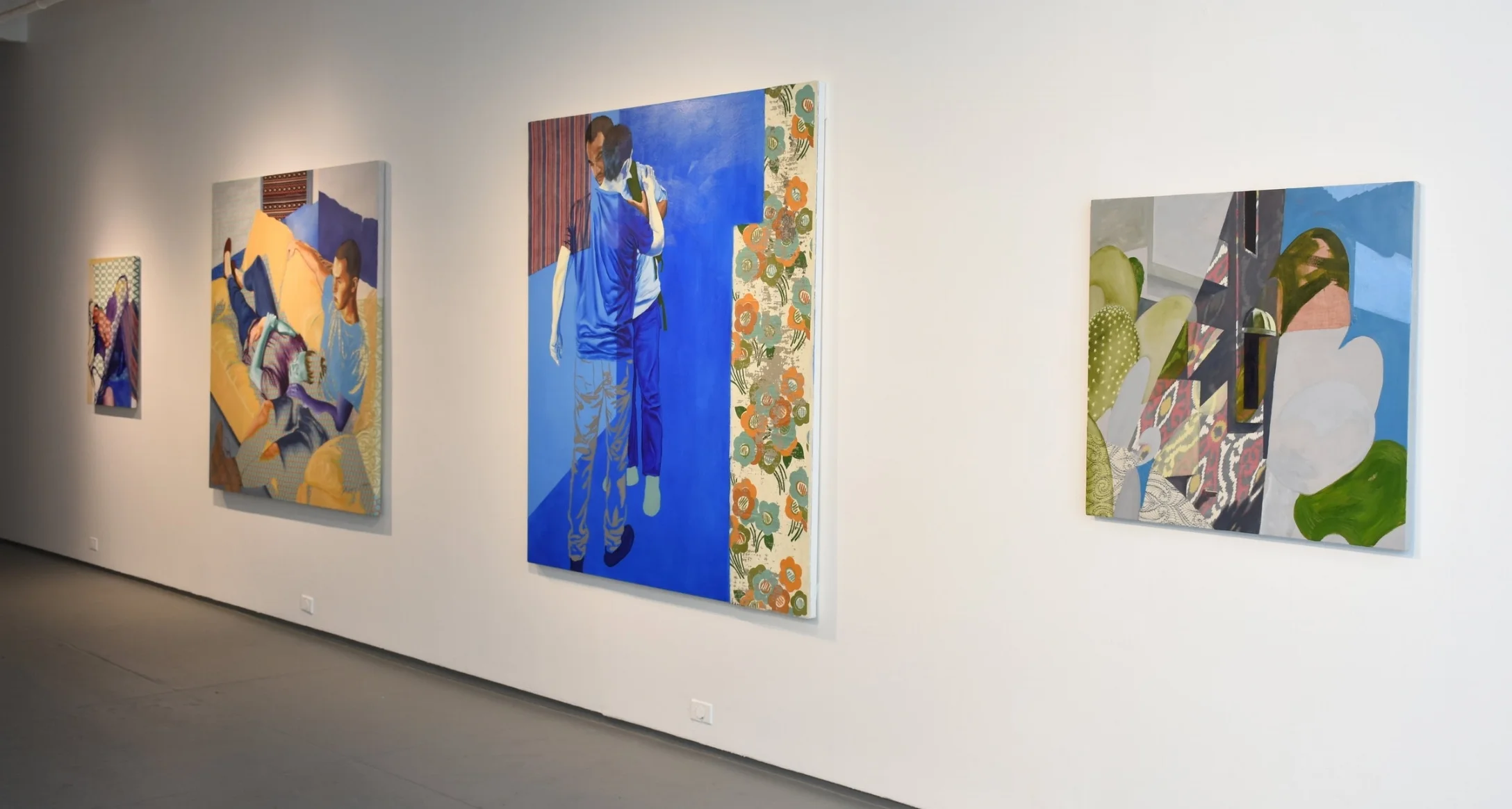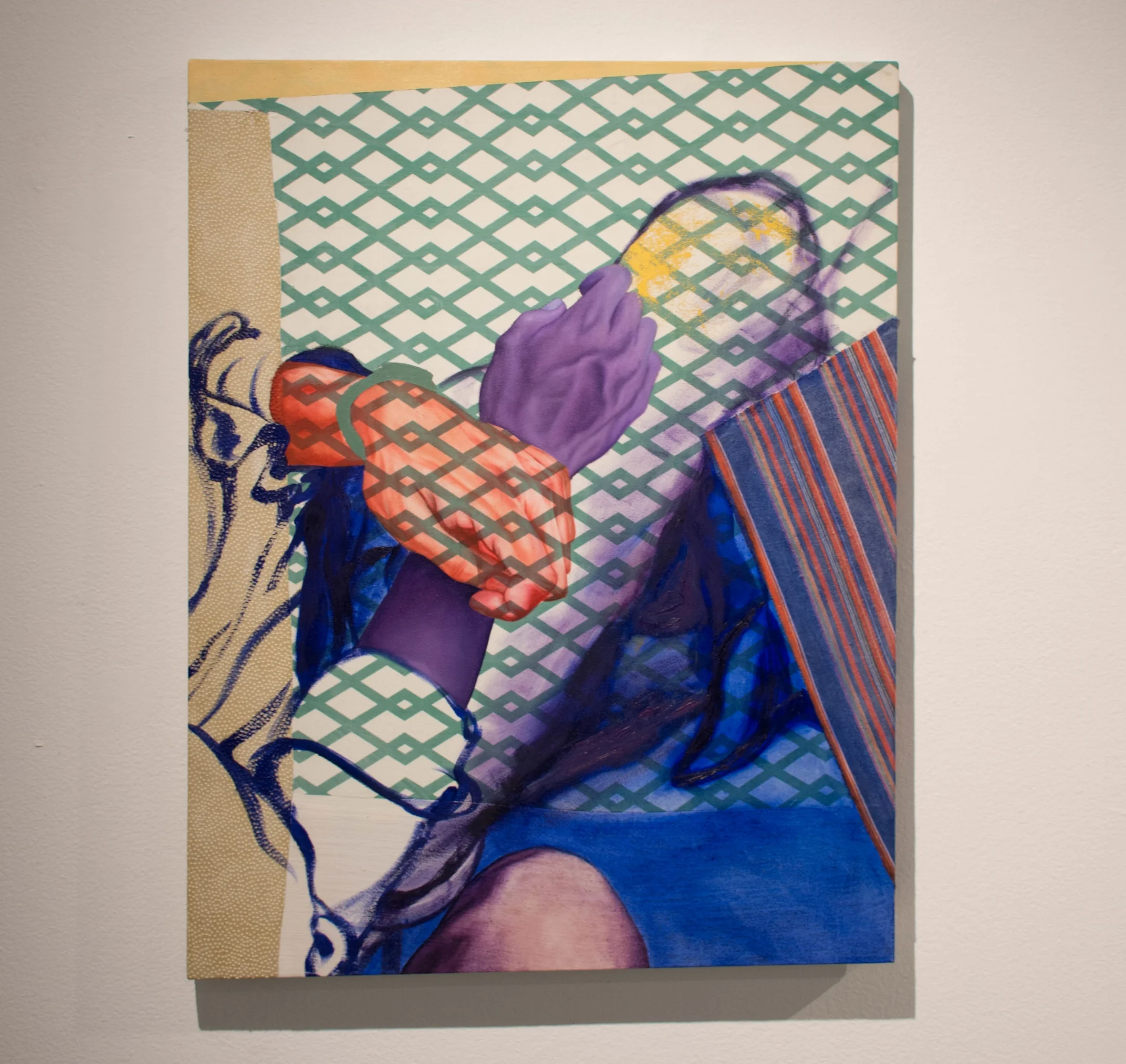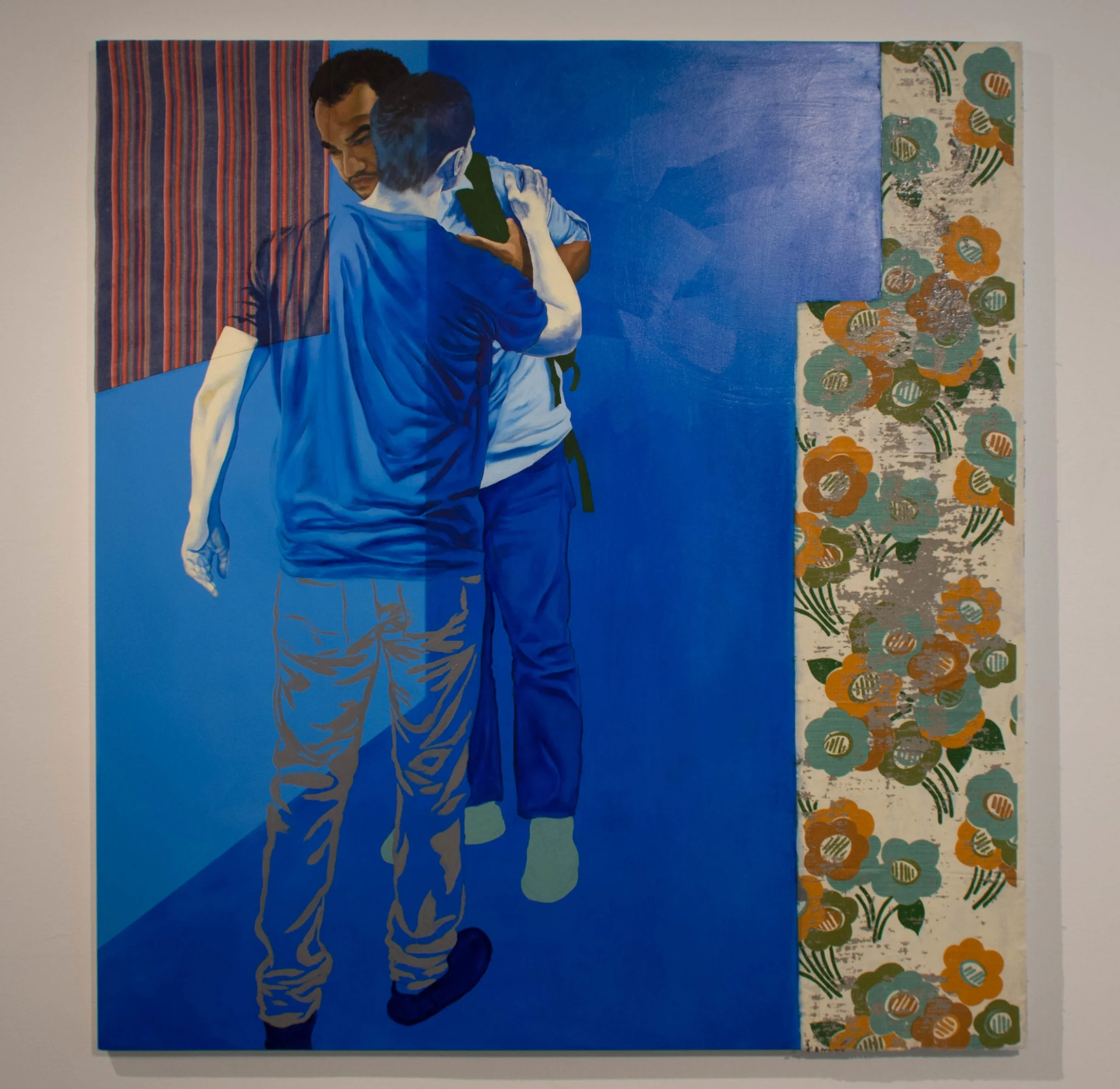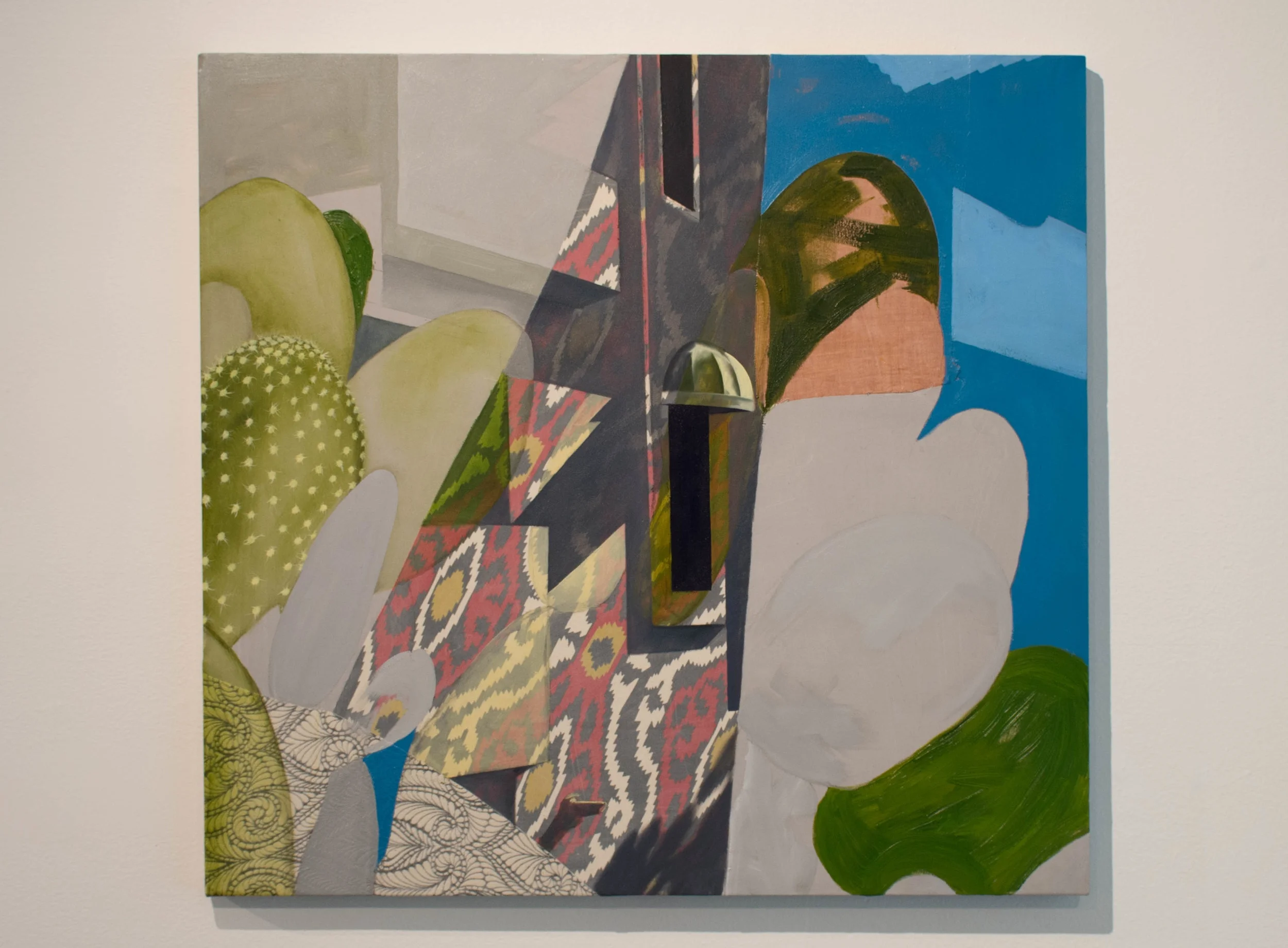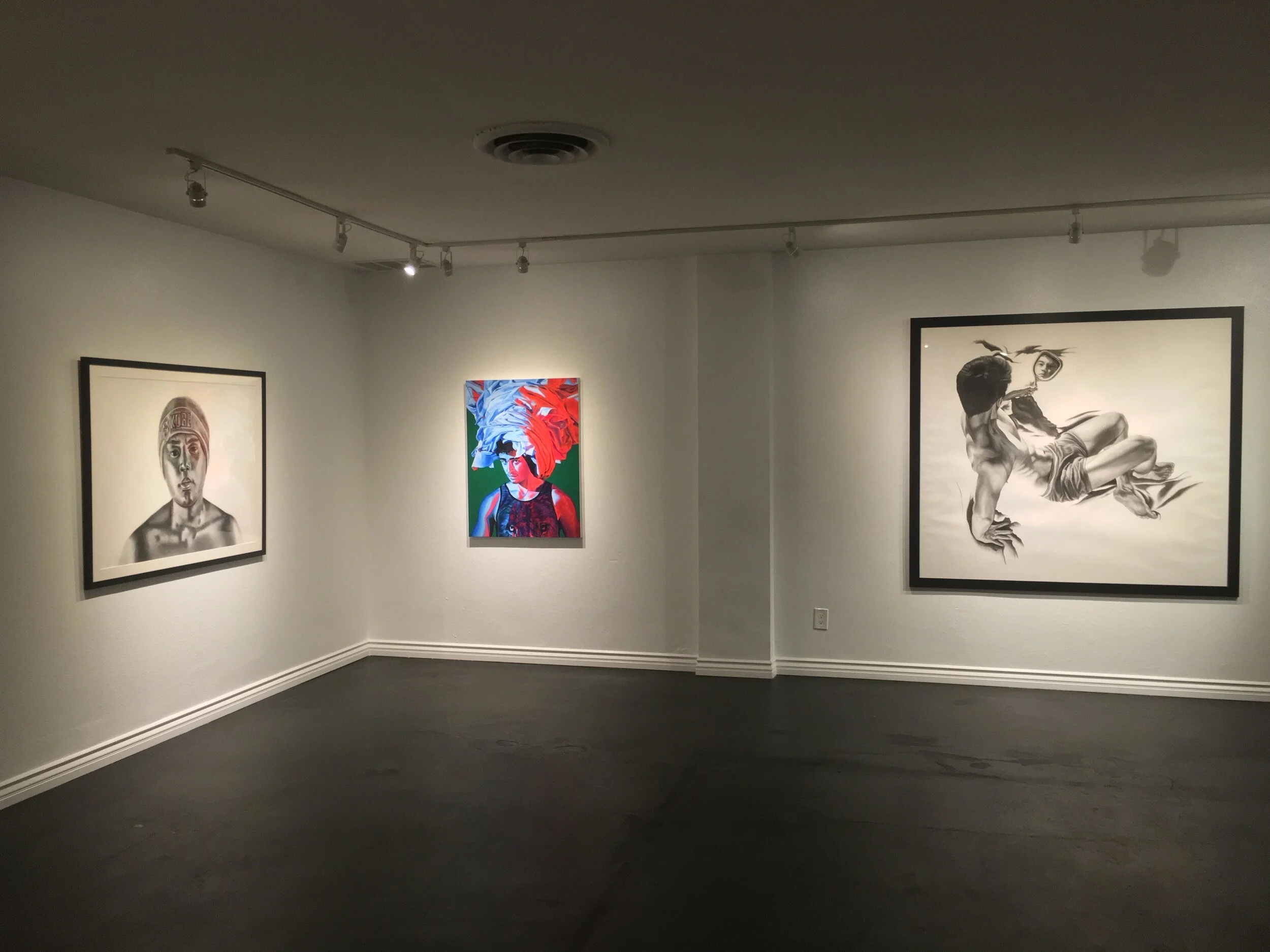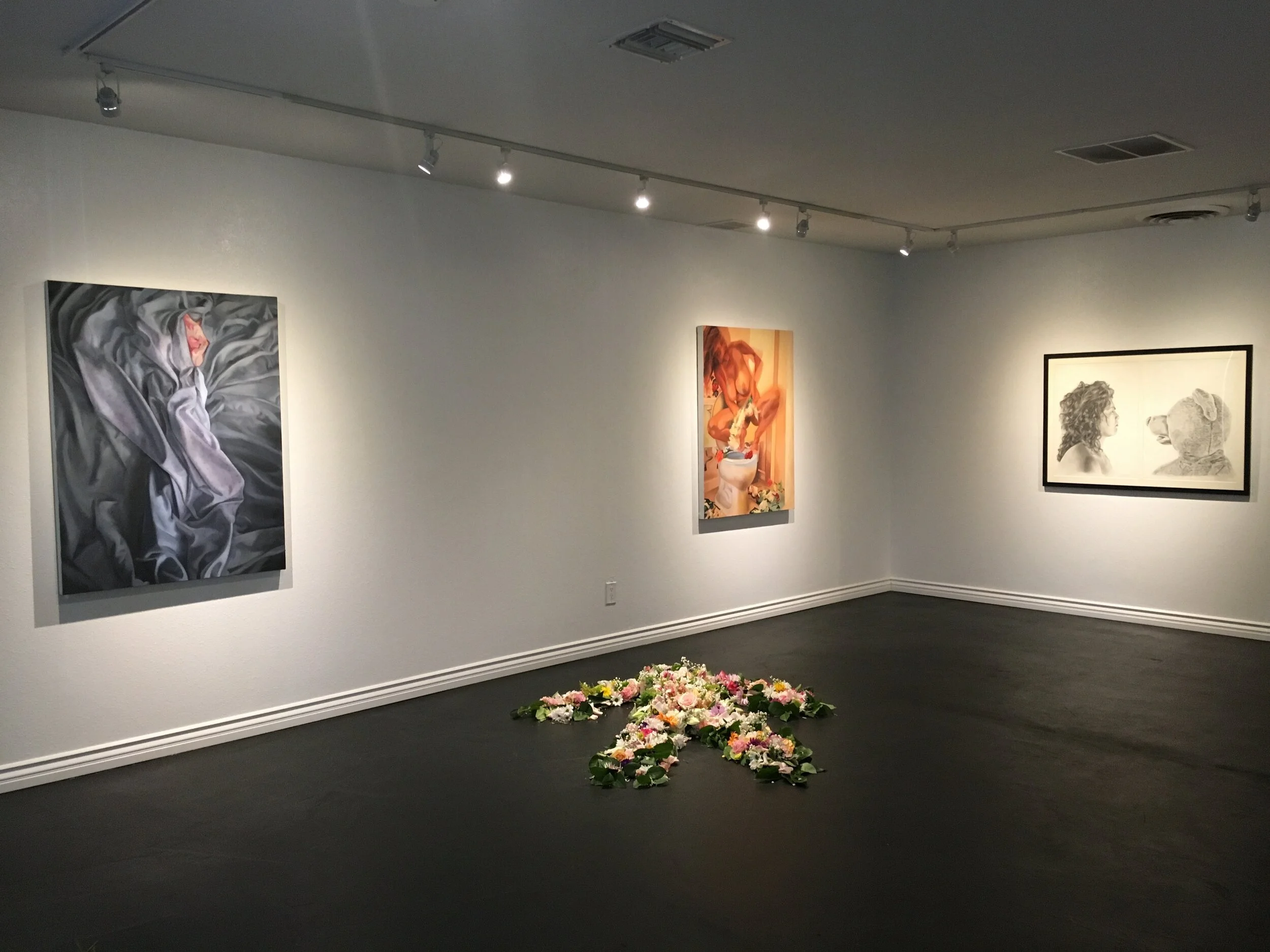News
40 Days and 40 Nights
September 5th - October 18th
Exhibition Open By Appointment
Monte Vista Projects is pleased to announce 40 Days and 40 Nights, a solo exhibition of works from artist Chris Rivas. The exhibition will be held from Sept 5 - October 18th and will be available by appointment.
The title 40 Days and 40 Nights is a phrase used by many groups to refer to a long amount of time. In this case it signifies the covid-19 pandemic and the quarantine that seems to have no end. As such, the exhibition examines the home as a space used to contemplate current social political issues and reflect on our constant desire to preserve dissipating cultures. As globalism and technology accelerate art consumption across our world’s borders, cultures are forced to adapt or die.
Influenced by the history of painting and cultural diaspora, Rivas explores what it means to feel connected to others across cultural aesthetics, physical space, and time. The works in the show collectively present remnants of a domestic space. Derived from multiple cultures, the works in the show explore the connection between exoticized objects and personal narrative. In the past what seemed voyeuristic has become the new norm. What stories will emerge from the covid-19 era, and who will have the privilege to tell them?
Chris Rivas is a Los Angeles born artist who received his BFA from the San Francisco Art Institute and his MFA from Montclair State University. His work revolves around an investigation of cultural diaspora, emotional reactivity, and hybridity. He uses various materials to investigate ambiguity and dualities while continuing to depict the intersectionality experienced in his everyday life.
ARETHESEAPPLEHEADPHONES?
Curated by ORLY RUAIMI. 3011 E Pico Blvd, Los Angeles, CA, 2018
Reconnected
Featuring 2017 MFA graduates of Montclair State University at Magnun Metz Gallery, New York
With this exhibition, Brooke Garlick, K. Anthony Lawler and Chris Rivas, students I’ve had the pleasure of working with this year as a visiting critic in the Montclair State University MFA program, take their final steps out of the nurturing hot house of grad school into the cold, often cruel world of unsheltered reality. Each is in his or her own way a realist and a connector of realities – a builder of bridges between personal experience and forces that transcend the individual and roil the waters of contemporary collective consciousness.
In his newest paintings, Chris Rivas harks back to the early Cubism of Picasso and Braque. There are recognizable things like human body parts and spiny cactus lobes, but they are interrupted by or conflated with the patterns of found fabrics. Rivas’s previous works were animated by identity concerns having to do with ethnicity – he is a combination of Hispanic and German – and the city where he was born and grew up, Los Angeles. With photorealistic verisimilitude, he painted psychedelically illuminated images of friends and relatives from L.A., and he painted in background patterns alluding to traditional ethnicities. In his recent works, the patterns are realized by actual swatches of fabric stitched together and stretched on wooden frames or glued to canvas surfaces. This gives his paintings a more assertive physicality while foregrounding the patterns not only for their aesthetics but also for their semiotic references to multiple cultural sources appropriated by commercial designers. Natural bodies of people and plants are, in effect, caught up in socio-cultural webs overseen by the apparatus of capitalism. This is the reality of what some would call the postmodern condition. What is identity in such a world? Rivas’s paintings seem to ask.
essay by Ken Johnson
Enigma
Enigma is a group exhibition featuring drawings, painting, and photography by artists Jacqueline Glosman, Joshua Hashemzadeh, Ileana Tejada, and Chris Rivas. The show will open September 3, 2016, and remain on view through September 11. An opening reception will be held Saturday, September 3, 2016, from 7-10pm.
The various works on display aim to address identity as a difficult to understand phenomena which, often is riddled with contradiction and ambiguity. The show, Enigma, brings these culturally diverse artists together to explore the canon of hybridity as a postmodern principal alluded to in contemporary literature such as “The Postmodern Animal” by Steven Baker.
“Neither the aesthetics of modernism nor the philosophical values of humanism, it is believed, can cope with hybrid forms which unsettle boundaries…In the values of modernism and modernity, it is now felt, there was a widespread urge to homogenize and systematize, to render the world intelligible by eliminating or suppressing inconsistencies, impurities, and dissimilarities.” – Steven Baker
The artists in this exhibition look to contrast modernist and traditional aesthetics to depict the body as the fore-mentioned “hybrid form” which pushes away from previously conceived homologous “boundaries.” Thus, implying we are not necessarily defined by one classification or another, as clear titles would easily suggest. Instead, identity traverses the spectrum of gender, race, and culture forming endless affirmations, making us who we are. By focusing on historical motifs such as textiles and drapery the figures become enthralled in various situations of concealment and reveal. This play on the seen and unseen portrays figures in a state of uncertainty and forces audiences to imagine cloaked or ambiguous forms through their own conceptions of the self.
The collection of artists in this exhibition help illuminate the paradoxes of normative categorizations by establishing personified reflections of their own hybridity. Whether it’s a depicted balance between feminine and masculine, or representations of the figure in empty psychological voids, the various works depict the body in moments of conflict as they try to cope with their own intersectionality. This deconstruction of cultural specificity through woven materials reveals that the idea of identity is a misapprehension fabricated by the intricate weavings of social messages, media, and manipulated desires.
curation and essay by Josh Hashemzadeh




















